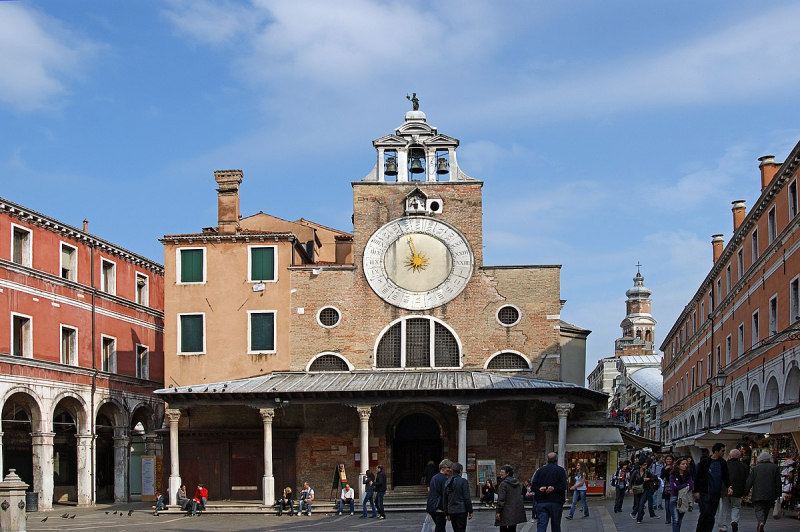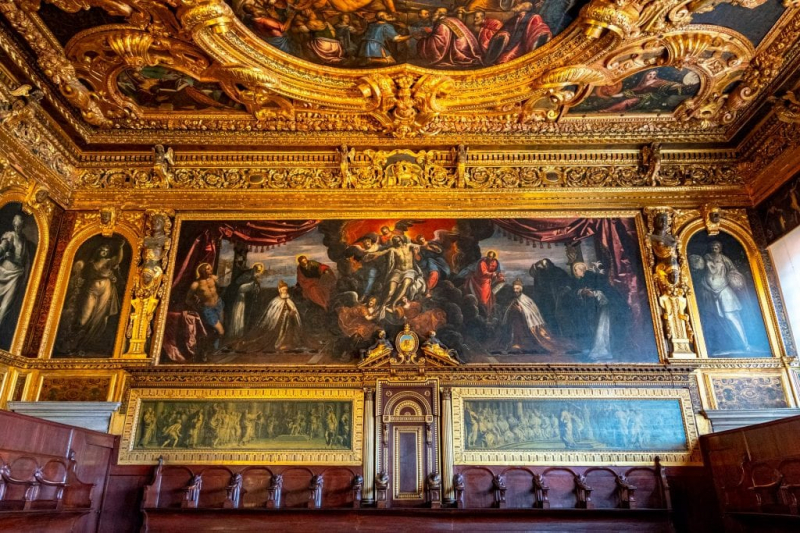San Giacomo di Rialto church's foundation stone marked the beginning of Venice
According to the Catholic Church, March 25 is the Annunciation of the Lord, making it a good omen for a city to be born as it would be "blessed" in a spiritual sense. When the lagoon region was still spatially forming, in the year 421, rivers like the Po, Adige, Brenta, Piave, and Tagliamento that flowed down from the Alps and Prealps drew a significant amount of sand and silt into the sea. As they moved more slowly toward the mouth, the sediments created bogs and islands, which were later changed into broad stretches of land that ran parallel to the coast: the beaches.
The lagoon was located in the center, between the coasts and the mainland, and its complicated network of more or less deep canals made it challenging for boats to navigate unless you know the region like the back of your hand. The Venetian people considered this region as the best location to seek sanctuary exactly because of the ongoing invasions by the Huns, the Sarmatians, the Goths, the Alans, and the Vandals at the beginning of the 5th century. The Venetians understood that they had to defend themselves and started to occupy the lagoon since the Roman Empire, which up until that point had provided some semblance of "protection" from invaders, was struggling with its survival and had many other difficulties to overcome.
With the foundational stone being laid for the San Giacomo di Rialto (San Giacometto) Church on March 25, 421, Venice was officially created. Both the Latin chronicle Chronicon Altinate, which describes the foundation myths of the city, and Venetian historian Marin Sanudo, who wrote about the devastating fire on the Rialto bridge in 1514, mention these origins: "Solum rests on its feet the church of San Giacomo of Rialto, which according to our legends was built on March 25, 421, and was the first church built in Veneto."













